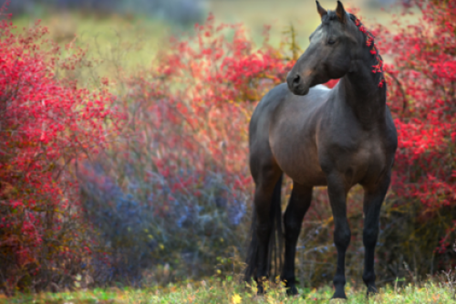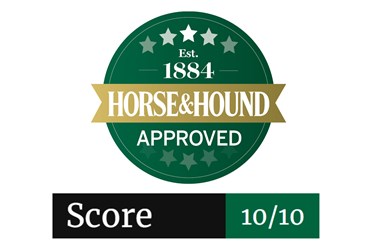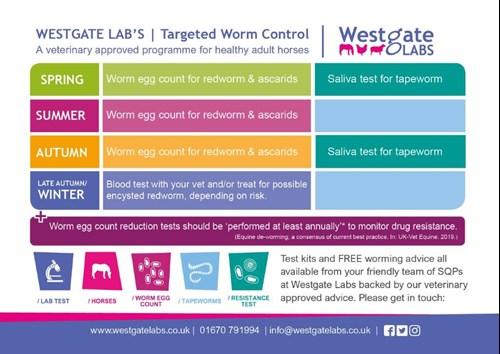Seasonal Parasite Control Autumn


Autumn is traditionally known as ‘tapeworm time’ as this was a good point in the year to worm hunting horses coming in from a summer at grass. It can be a useful way to remember to target tapeworm but there’s no reason to stick to this routine if another serves you better – and certainly no point in giving a wormer for the sake of it without knowing if there are parasites present to treat and if so, which ones?
The worms we specifically need to be aware of in our horses through autumn and winter are adult redworm, encysted redworm, tapeworm and bots.
Autumn parasite control means:
- worm egg count every 8-12 weeks
- EquiSal test for tapeworm if you haven't in the last six months
- look out for bots, pinworm and ticks
- monitor sand levels in the gut with a faecal sand test
What to do when will depend a little on your management routine and personal choice along with the risk factor of your horse. Young, old and rescue horses will need more consideration at this time of year than healthy adult horses.

Test first
We have had a warm and wet summer which are ideal conditions for parasites, so it's especially important to keep a close eye on redworm and ascarid activity with a worm egg count for each horse this season.
Tapeworm should be targeted twice a year, every six months with an EquiSal Tapeworm test to determine whether your horse is one of the minority (fewer than 29%) of infected horses requiring treatment. Whether you test now in conjunction with your autumn worm egg count or at the same time as you treat or test for encysted redworm depends on your schedule and preferred wormer choices.
The results of the tests will inform the treatment choices open to you and your prescriber.
OR
What to do now
This autumn plan a worm count for redworm and roundworm, EquiSal test for tapeworm and keep an eye out for bots and pinworm activity. This will help you to decide which wormer to treat with for your winter dose. As responsible horse owners our job is to keep parasite levels in check so that our horses remain healthy and to use the drugs we have responsibly to minimise the build-up of resistance to worming chemicals.
This means being aware of which parasites to target seasonally or in specific conditions so there are often a few considerations to take into account. If in doubt please call our friendly helpline to speak to one of our qualified expert advisors, or chat to your prescriber to plan a best course of action.

WATCH OUR VIDEO HERE
Please note the above video was filmed before the redworm blood test that also detects encysted stages of the small redworm was available.
Horse Worm Treatment Prescribing Options
If treatment for just tapeworm is indicated then a praziquantel only wormer would be the preferred choice, now available only as a 'special' through your vet. Alternatively, a double dose of pyrantel can be recommended for administration if;
- ascarids are also present (more likely in foals or youngstock)
or - the redworm population in question is known to not be resistant to pyrantel.
Where treatment for redworm is indicated at the same time as tapeworm treatment, then an ivermectin + praziquantel combination wormer would be the recommended selection through Spring, Summer and Autumn.
TESTING FOR WORMER RESISTANCE
Where you do need to step in and give a chemical to target redworm (strongyles) it is a useful exercise to do a reduction test at least once per year to check whether any resistance to the chemical is present on the grazing land. Following a positive test result, give a wormer then 10-14 days later conduct another worm egg count to check that treatment has been effective.
Bots
Bots are not worms but the maggot stage of a large fly which is active during the summer months. It lays eggs on the hairs of the horse’s coat that appear like tiny cream or yellow flecks. These eggs are ingested by the horse as it scratches and hatch in the mouth, slowly migrating to the stomach where they can cause mild irritation. Treat with ivermectin or moxidectin after the first frost has killed off fly activity. You could delay treatment to combine this with your winter encysted redworm dose.